Ancestral version of our tonics and other skin lotions, flower waters have an old‑fashioned je‑ne‑sais‑quoi that inspires us in times when well‑being aims to be more accessible and preservative‑free. A 100% natural beauty elixir, flower water is obtained by steam distillation of plants, and is distinct from hydrosol by its composition based on flowers rather than aromatic leaves. Refreshing, soothing, and also purifying or even antiseptic, it has different virtues depending on the flower used.
Want to make it at home to care for skin naturally or to use in cooking? No need for a small chemist’s lab at home — it is actually very simple. Follow our tips to succeed with your flower water!
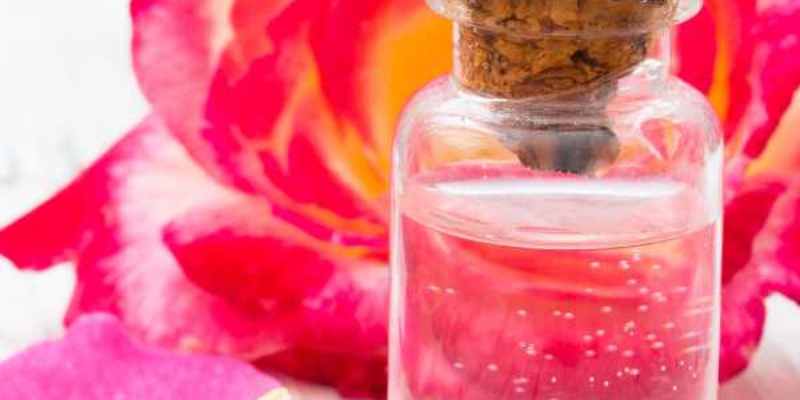
Which flowers for flower water?
Most commonly used flowers for making flower waters are rose, chamomile, cornflower and witch hazel, but there are other interesting ones often close at hand in the garden. Each of these flowers has its own benefits and can be used to cleanse or remove make‑up, tone or even hydrate skin:
- rose for calming and regenerating properties, ideal to complete make‑up removal
- cornflower (Centaurea cyanus) has decongestant and soothing action, often used to relieve tired eyes and eyelids
- witch hazel, useful for its astringent and toning properties,
- chamomile (Anthemis nobilis) prized for purifying, calming and anti‑inflammatory properties,
- immortelle (Helichrysum italicum) for reparative and revitalising properties
- honeysuckle is known for antiseptic qualities,
- lavender (Lavandula officinalis) has purifying and relaxing action
- elder (Sambucus nigra) for decongestant, soothing and anti‑inflammatory properties
- If grown in the garden, try small amounts of jasmine water (softening) or orange blossom from sweet orange blossom...
Rose is practical because it is often present in gardens and allows easy access to large quantities of petals. Traditionally Damask rose is used in cosmetology and aromatherapy or Rosa gallica, but any fragrant garden rose will do very well for a homemade beauty ritual!
Peppermint and thyme (purifying and astringent), lemon balm or sage (rebalancing), rose geranium (astringent and anti‑inflammatory) are used for their leaves to obtain a hydrosol also much appreciated on the bathroom shelf.
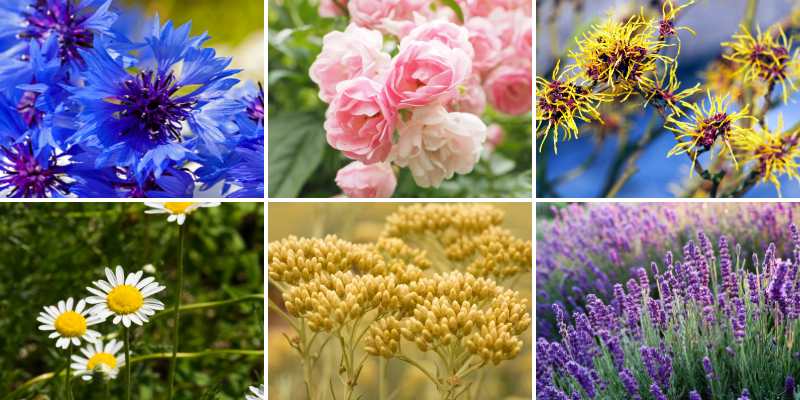
How to harvest and in what quantity?
When selecting your flowers, it is essential to favour young plants from your garden that have not been treated, to avoid pesticidal residues that could alter the benefits of your flower water. Also make sure they are fresh and not damaged to guarantee maximum active compounds. Harvest them early in the morning, when essential oil content is highest.
Petal or flower quantity matters, even though it is far less than for making an essential oil. Ratios are often used for flower waters (1:1 meaning for example the same weight of flowers as water, i.e. 1 kg for 1 L). Count on around 400 g to 1 kg of petals for 1 litre of flower water to obtain a pleasant scent and good concentration of actives, but people often prepare small amounts at home, between 50 and 100 ml to start, i.e. about 100 to 150 g of flowers. Flowering tops should be picked as carefully as possible for small flowers such as elder or immortelle.

How to distil at home to obtain flower water?
You do not need professional equipment to make your flower water. A stockpot or large casserole, a heatproof bowl, a large saucepan with lid, water, ice cubes and of course your plants freshly harvested early in the morning — that is all you need.
- Place the heatproof bowl in the centre of the stockpot.
- Scatter flowers or herbs around the bowl at the bottom of the stockpot. Take care not to put them inside the bowl.
- Pour 500 ml water into the stockpot so as to cover the plants. Water must not enter the bowl.
- Place the lid upside down on the stockpot, then put ice cubes on top. This technique will condense the distillation vapours.
- Heat gently. Vapours produced by the plants, condensed by the cold lid, will drip into the bowl.
- After about two hours of distillation, switch off the heat. Let cool before collecting the water from the bowl: this is your flower water!
- Fill a small glass bottle using a very clean perfume funnel and label.
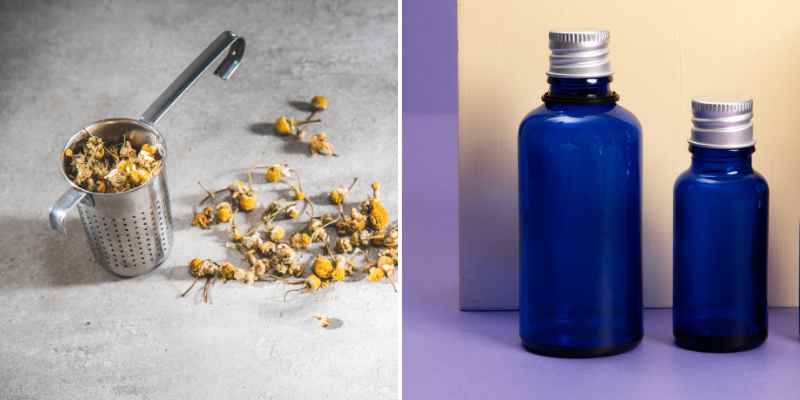
Our tips to store and use flower water
Each flower water has a specific shelf life that generally varies between 2 and 6 months at most. To ensure optimal preservation, store your flower waters in small airtight dark glass bottles to protect them from light, in a cool, dry place. It is also recommended to note the production date on each bottle.
For extra freshness and to enhance its effect during treatments, keep your flower water in the fridge. Cold slightly increases shelf life by limiting bacteria.
A bad smell should alert you to poor preservation of your flower water.
Depending on the specific properties of the flowers used, you can use your flower water in different ways. In cosmetics, it can be used as a facial tonic, after‑shave lotion, or to delicately scent homemade care products. Gentler than essential oils, they have no contraindications.
In cooking, some flower waters, such as rose or orange blossom, can be used to flavour oriental pastries, creams, fruit salads or drinks. For household use, flower water can be added to an iron tank to gently scent linen, or applied as a compress to soothe skin irritations.
Equipment
- A stockpot
- A heatproof bowl or container
- A large saucepan with a lid
- Distilled, filtered or mineral water
- Ice cubes
- Fresh flowers of your choice
- A small coloured or smoked glass bottle, disinfected, with an airtight cap
- a pretty label
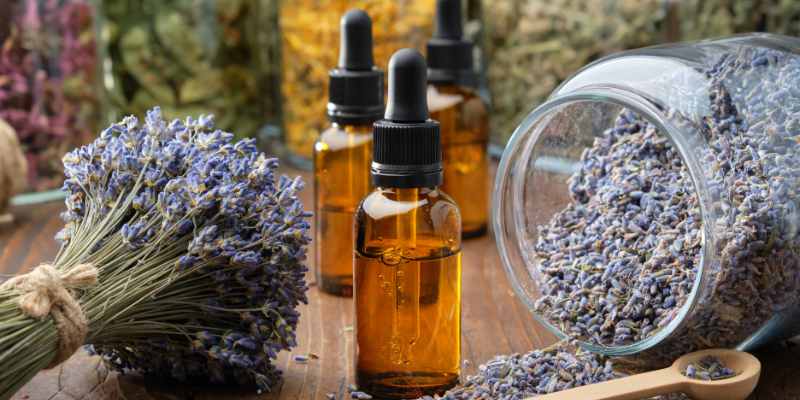































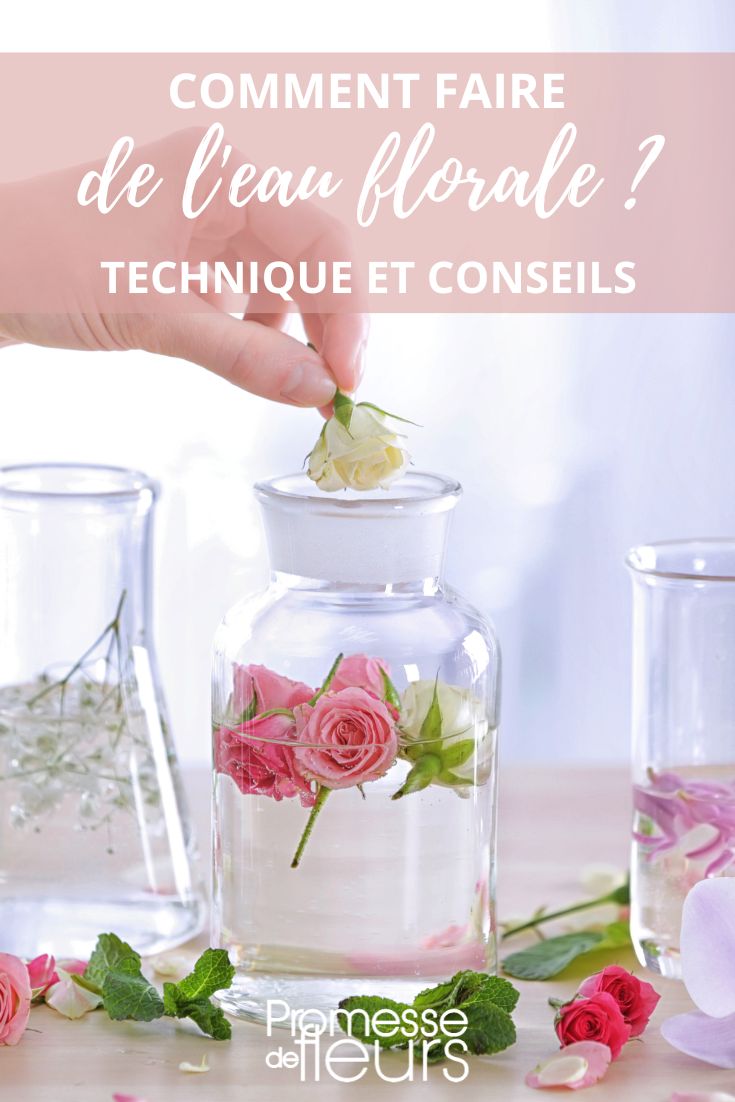
Comments